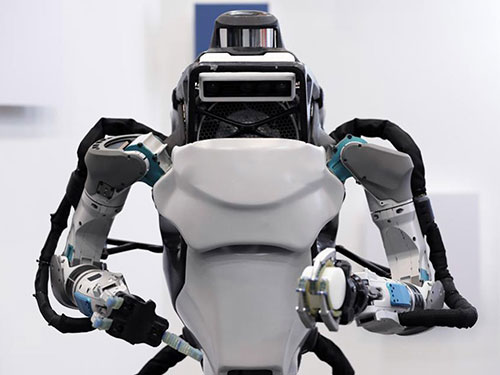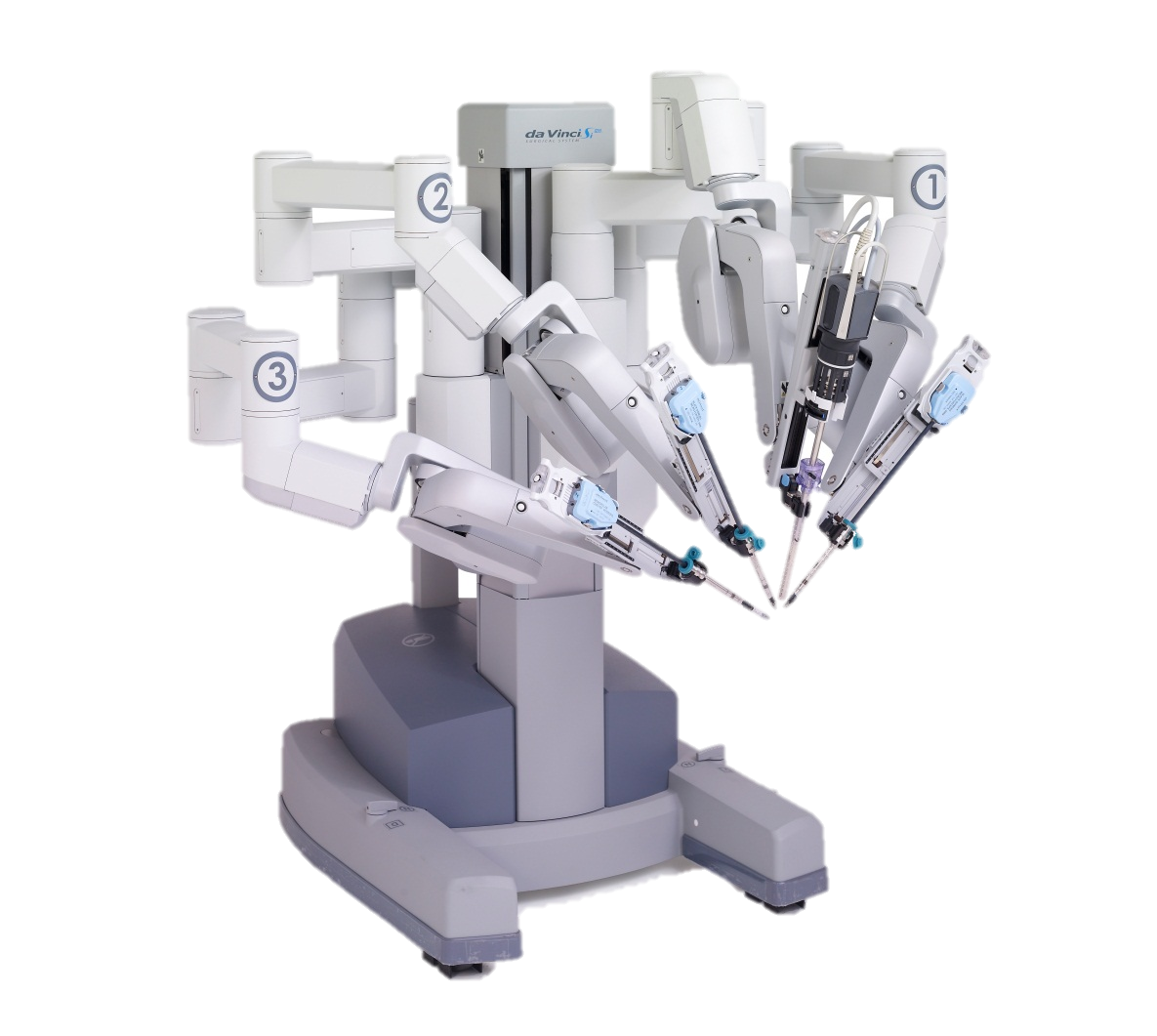History of the words “ROBOT” and “ROBOTICS”
The word “Robot” comes from the 1921 play “R.U.R.” (Rossum’s Universal Robots) by the Czech writer Karel Capek (pronounced “chop’ek”). “Robot” comes from the Czech word “robota”, meaning “forced labor.” Karel Capek died just after the German invasion of Czechoslovakia in 1938, before the Gestapo (the German secret police) could get to him. The play was a great success when it opened in the U.S. The word “robotics” also comes from science fiction – it first appeared in the short story “Runaround” (1942) by Isaac Asimov. This story was later included in Asimov’s famous book “I, Robot.” The robot stories of Isaac Asimov also introduced the idea of a “positronic brain” (used by the character “Data” in Star Trek) and the “three laws of robotics.” Later, he added the “zeroth” law.
Definition of a Robot
According to The Robot Institute of America (1979):
“A reprogrammable, multifunctional manipulator designed to move materials, parts, tools, or specialized devices through various programmed motions for the performance of a variety of tasks.”
According to the Webster dictionary (1993):
“An automatic device that performs functions normally ascribed to humans or a machine in the form of a human.”

History of Real-World Robots
One of the first robots was the clepsydra or water clock, which was made in 250 B.C. It was created by Ctesibius of Alexandria, a Greek physicist and inventor. The earliest remote-control vehicles were built by Nikola Tesla in the 1890’s. Tesla is best known as the inventor of AC electric power, radio (before Marconi), induction motors, Tesla coils, and other electrical devices. Other early robots (1940’s – 50’s) were Grey Walter’s “Elsie the tortoise” (“Machina speculatrix”) and the Johns Hopkins “beast.” “Shakey” was a small unstable box on wheels that used memory and logical reasoning to solve problems and navigate in its environment. It was developed by the Stanford Research Institute (SRI) in Palo Alto, California in the 1960s. The General Electric Walking Truck was a large (3,000 pounds) four legged robot that could walk up to four miles an hour. The walking truck was the first legged vehicle with a computer-brain, developed by Ralph Moser at General Electric Corp. in the 1960s. The first modern industrial robots were probably the “Unimates”, created by George Devol and Joe Engleberger in the 1950’s and 60’s. Engleberger started the first robotics company, called “Unimation”, and has been called the “father of robotics.”
Modern uses of Robots:
for EXPLORATION
People are interested in places that are sometimes full of danger, like outer space, or the deep ocean. But when they cannot go there themselves, they make robots that can go there. The robots are able to carry cameras and other instruments so that they can collect information and send it back to their human operators.
The “Odyssey IIb” submersible robot is shown suspended in a tank. It was developed by research scientists at M.I.T. for ocean exploration.
for INDUSTRY
When doing a job, robots can do many things faster than humans. Robots do not need to be paid, eat, drink, or go to the bathroom like people. They can do repetitive work that is absolutely boring to people and they will not stop, slow down, or fall to sleep like a human.
for MEDICINE
Sometimes when operating, doctors have to use a robot instead. A human would not be able to make a hole exactly one 100th of a inch wide and long. When making medicines, robots can do the job much faster and more accurately than a human can. Also, a robot can be more delicate than a human.
“ROBODOC”, a modified industrial robot, drills a precise hole in the femur (thigh bone) of this skeleton (from National Geographic, July 1997).
Some doctors and engineers are also developing prosthetic (bionic) limbs that use robotic mechanisms. Dr. David Gow, of the Prosthetics Research and Development Team at Princess Margaret Rose Orthopaedic Hospital, made the first bionic arm called the Edinburgh Modular Arm System (EMAS) in 1998.
for the MILITARY and POLICE
Police need certain types of robots for bomb-disposal and for bringing video cameras and microphones into dangerous areas, where a human policeman might get hurt or killed. The military also uses robots for (1) locating and destroying mines on land and in water, (2) entering enemy bases to gather information, and (3) spying on enemy troops.

for ENTERTAINMENT
At first, robots where just for entertainment, but as better technology became available, real robots were created. Many robots are still seen on T.V. (Star Trek – The Next Generation) and in the movies (The Day the Earth Stood Still, Forbidden Planet, Lost in Space, Blade Runner, Star Wars). These imaginary robots do a lot of things that the real ones cannot do. Some robots in movies are made to attack people, but in real life they cannot really hurt people at all because they are not in control of themselves. Robots also attack humans in video and computer games.
for TOYS
The new robot technology is making interesting types of toys that children will like to play with. One new robotic toy is the “FURBY”, which became available in stores for Christmas 1998 – and continues to be very popular. Another is the “LEGO MINDSTORMS” robot construction kit. These kits, which were developed by the LEGO company with M.I.T. scientists, let kids create and program their own robots. A third is “Aibo” – Sony Corporation’s robotic dog. Sony is selling limited numbers of Aibo in the U.S.
BIBLIOGRAPHY
Arkin, Ronald C. (1998) Behavior-Based Robotics. M.I.T. Press, Cambridge, MA.
Asimov, Isaac (1950) I, Robot. Fawcett Publ., Greenwhich, CT.
Capek, Karel (1923) R.U.R. Oxford University Press, Oxford, UK.
Greene, Carol. (1983) A New True Book Robots. Childrens Press, Chicago, IL.
Suplee, Curt (1997) Robot revolution. National Geographic 192: 76-95.
Walter, W. Grey (1953) The Living Brain. Norton and Company New York NY.
Wickelgren, Ingrid (1996) Ramblin’ Robots. Franklin Watts, New York, NY.
Views: 0



